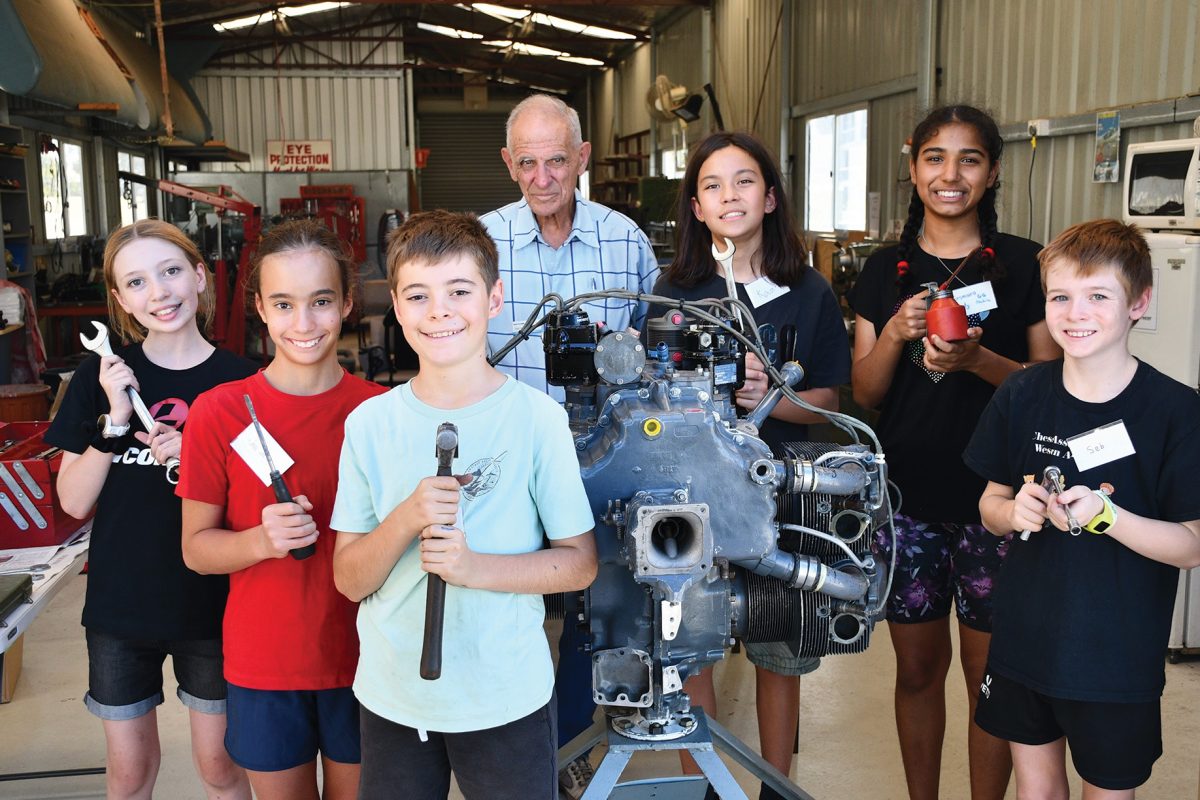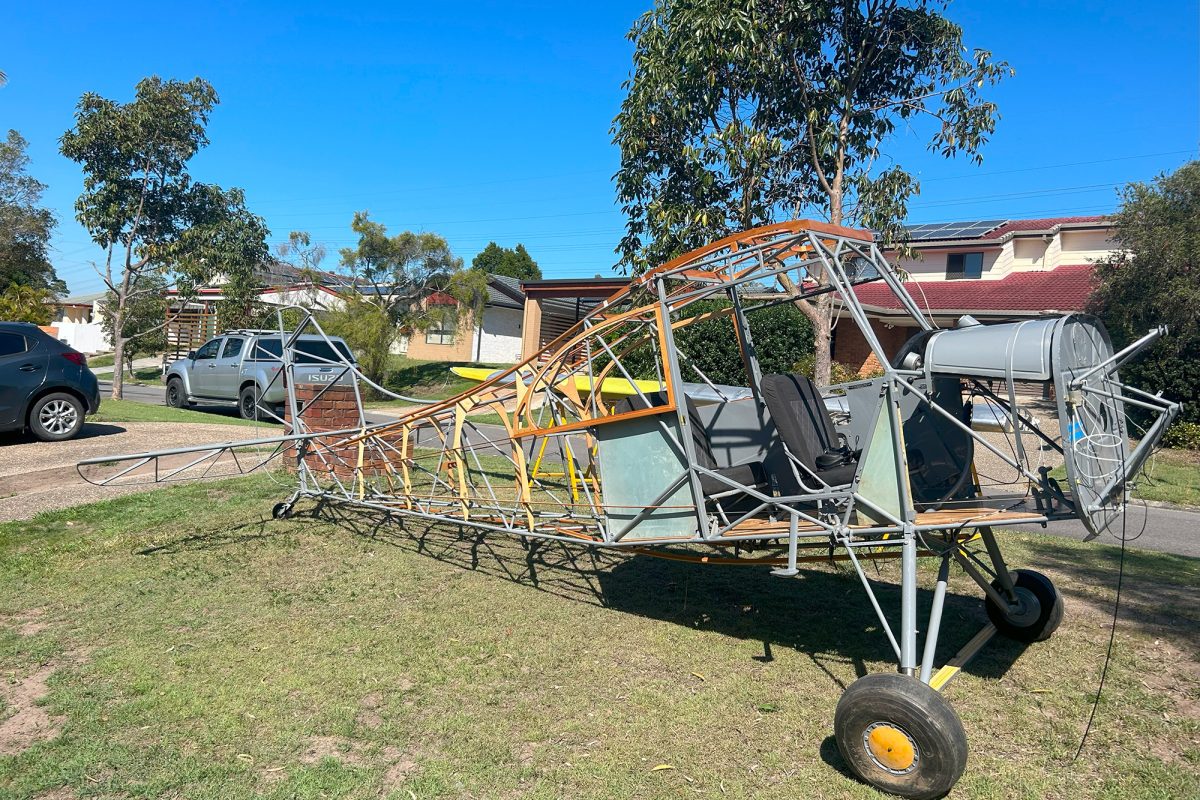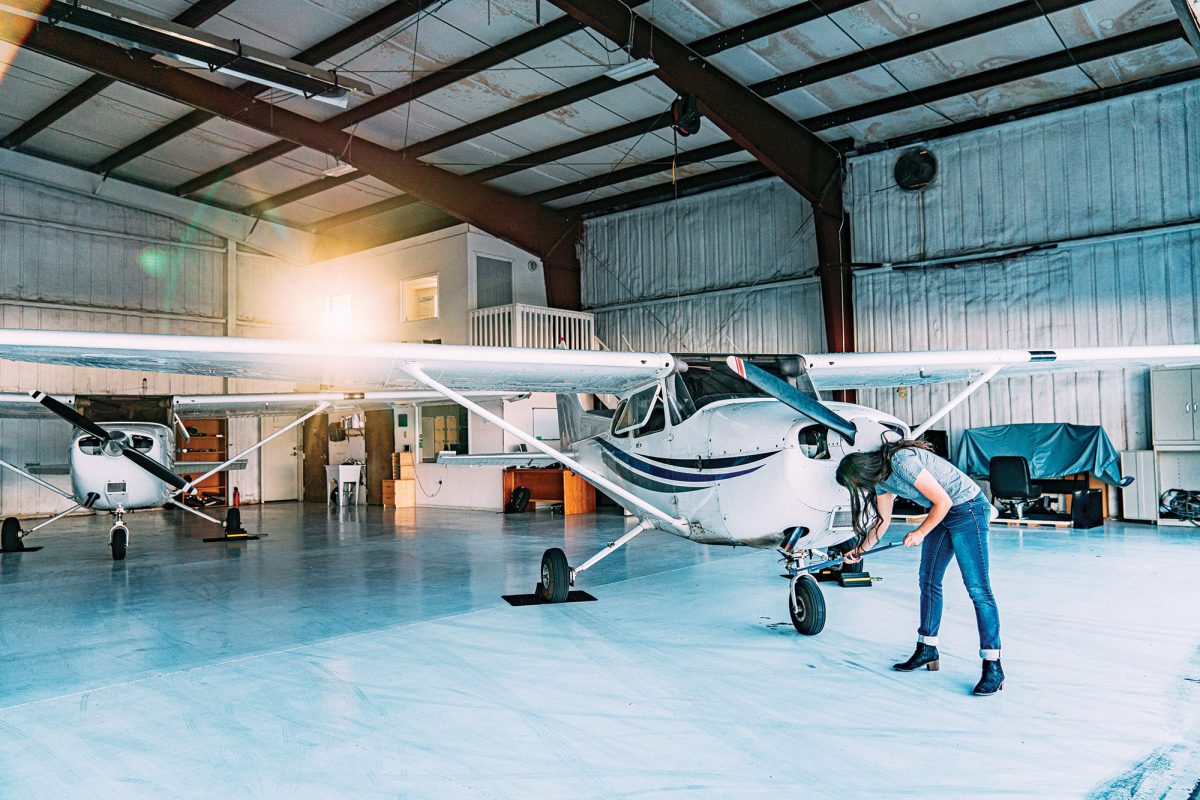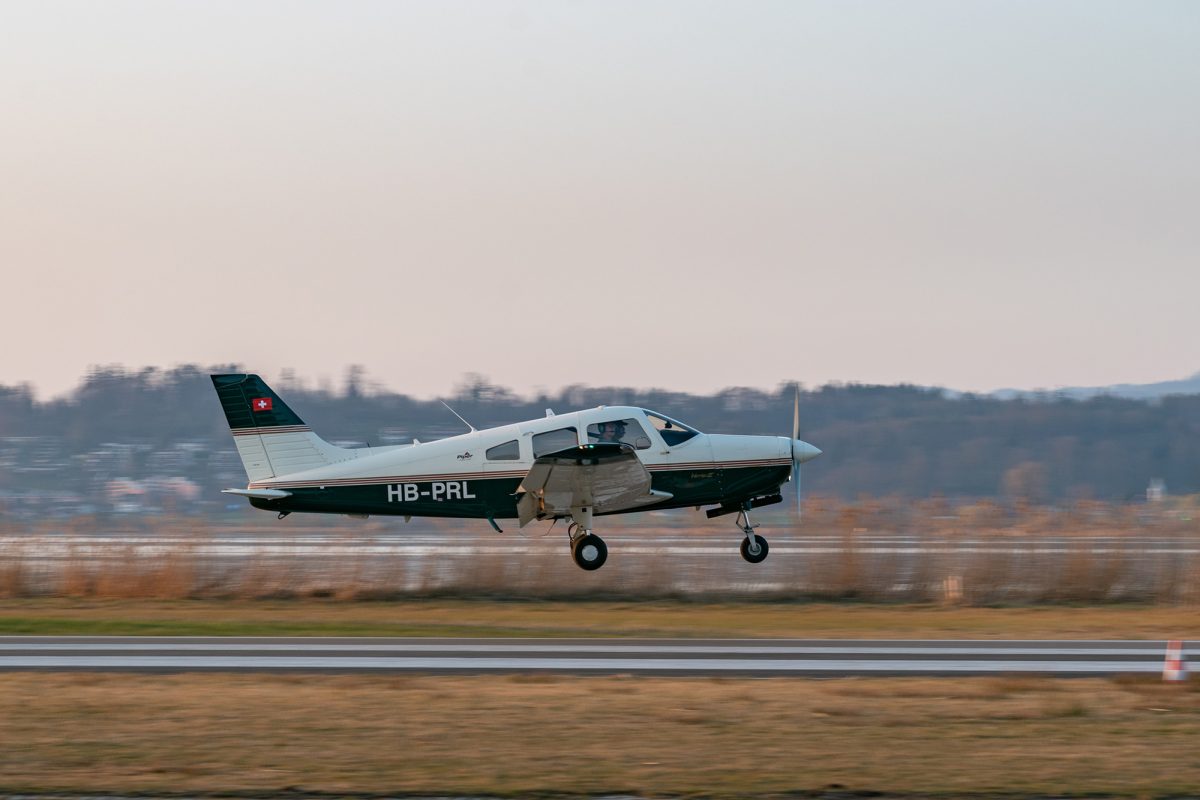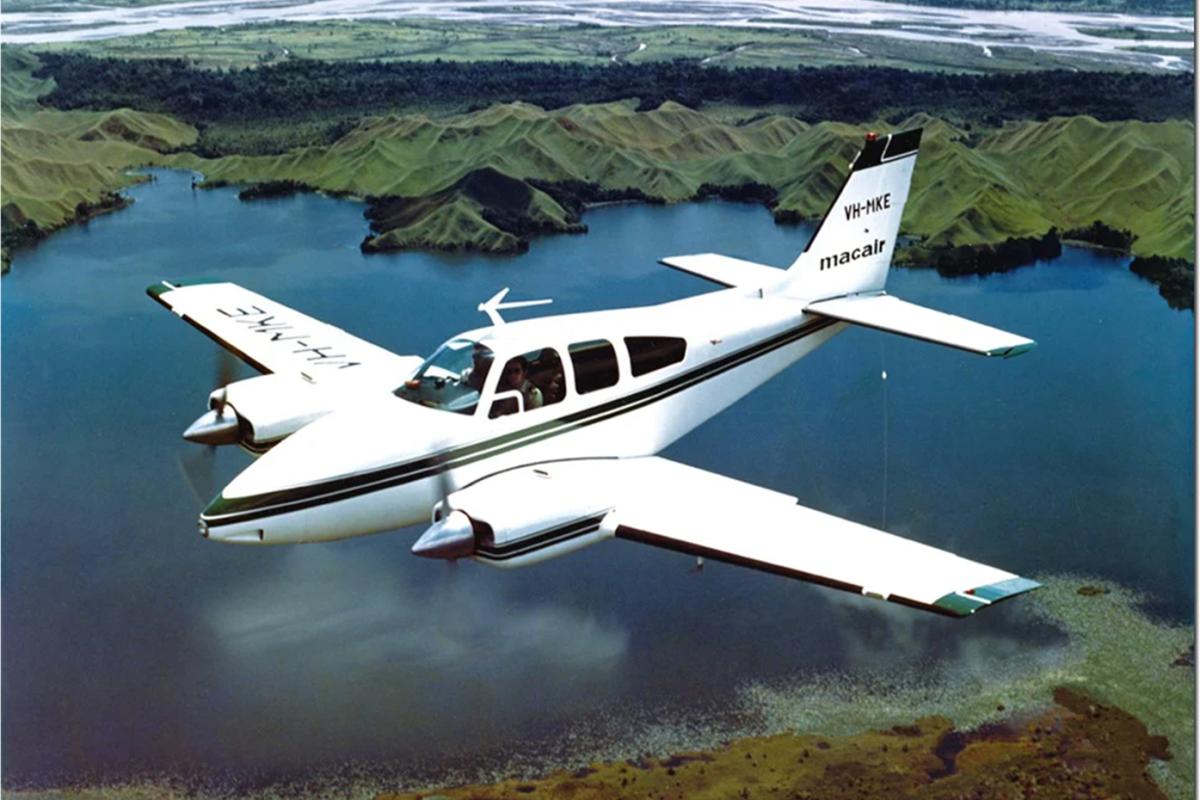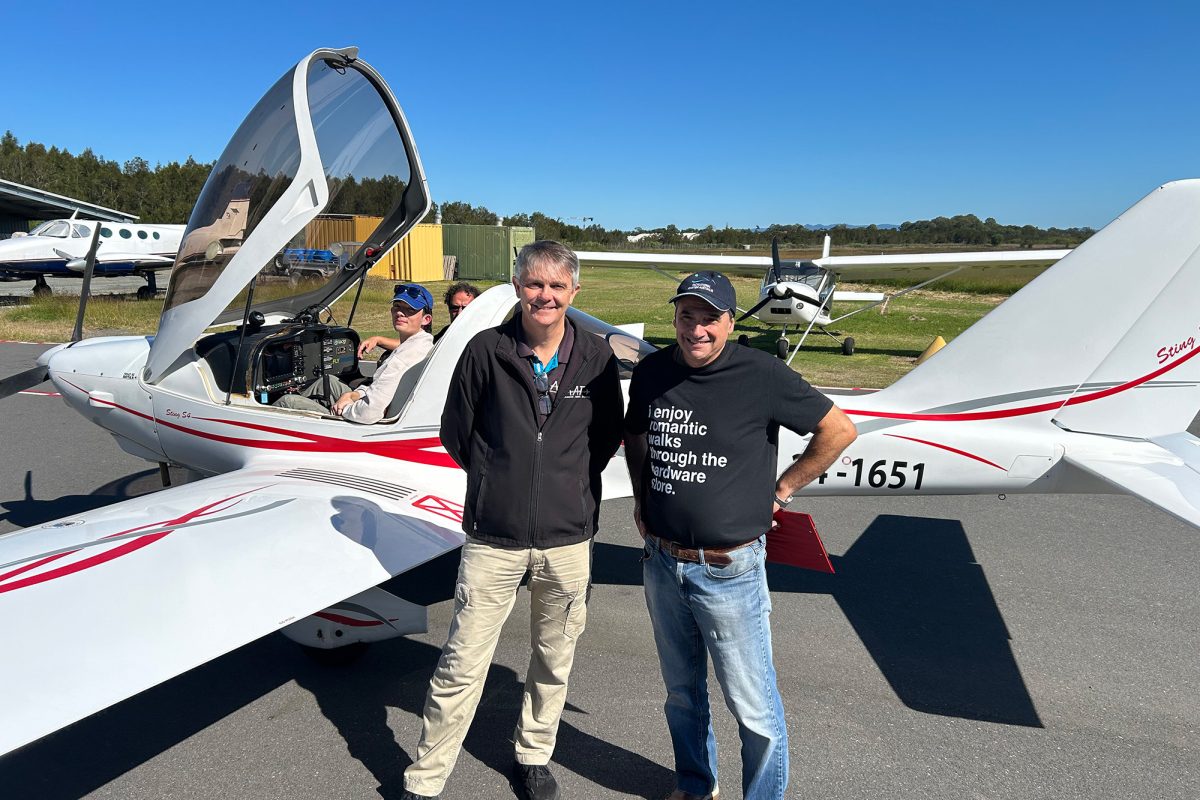Stinson 108-2
When a 1947 Stinson shows up on Aviation Classifieds, it’s going to get our attention. We’ve got a soft spot for any plane with classic and historic connections, and with a Stinson you get that in droves. The Stinson Aircraft Company were one of the early forces in light aviation, having been around since the early 1920s. Stinson were Detroit based and brought a lot of automobile thinking to aircraft. The first Stinson, the Detroiter Biplane, had an enclosed cockpit, a heater and even a cigarette lighter. Pretty much unheard-of luxuries in 1920s aviation. Not surprising, really, as Stinson became a subsidiary of Cord Auto manufacturing, makers of luxury cars between the wars. Cords are still famous as perhaps the best example of American design and luxury in the interwar years. The 108 was popular and continued in production even after Stinson was absorbed by Piper Aircraft in 1948. The Piper Apache Twin was also based on an original Stinson design.
The Stinson 108-2, like the one for sale in this edition, was a redevelopment of the prewar Model 10A Voyager/105. It is a 4-seat taildragger around 160 horsepower depending on engine choice. This particular 108-2 indicates that it has a Franklin engine with 165hp. Franklin is an interesting engine manufacturer in themselves. Their designs were leading edge in the prewar period and another feature that makes this a desirable classic aircraft.
An interesting feature of the 108 was the adoption of leading edge slots in the wing aligned with the ailerons. Why would you want that? Well, leading edge slots will mean that section of the wing will stall later than the non-slotted area. A stalled wing has a disturbed airflow, which is going to impact the effectiveness of aileron effectiveness. It also means that the outer wing will stall later than the inner wing, so less likely to drop a wing at the stall. The Stinson 108 had this enhanced safety feature 80 years ago. Yes, you read that right, 80 years ago. We checked that maths twice. In 1947 this model Stinson represented half of the 4-seat market – so it was the dominant type of the era and that’s enough reason to buy this aircraft.
If it wasn’t for our “You can’t buy any more projects until you finish the current projects” rule, we’d be on it like a seagull on a chip. This particular aircraft has been in storage since the 1990s so you can expect plenty of work required. It’s worth noting this aircraft can’t be Group G registered — it will need to be registered with CASA. If it rocks your world, give Allen a call.
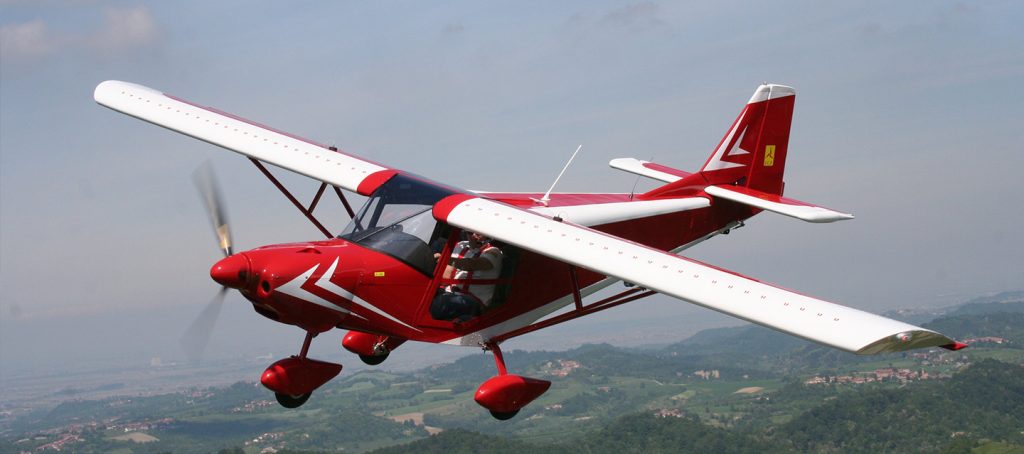
Savannahs for Everyone!
There are three separate Savannah aircraft for sale right now in the classifieds. The Savannah is an Italian-sourced, utility aircraft that is just as happy in the training role as it is in being a station mustering aircraft or a STOL weapon. Being available as a kit, it could be configured to sit your application. Early models had full-length leading edge slots to improve low speed characteristics and most run flaperons, where the aileron can “droop” to provide much greater flap area and improved stall speed. There are two S models and a VG on the market. The VG is the classic, while the S model is the latest iteration, featuring all the improvements to date. Reports on the STOL characteristics say they are excellent, and the stall characteristics have been likened to mush rather than a full stall. The fuel arrangement varies on the builder’s choice but the ones we have seen have up to 150 litres in total, most in the wings, but there is a sump tank behind the seat. When it gets to 10 litres, a red light comes on the dash to say you have about 30 minutes of fuel. Not a bad feature. Typical empty weight can be under 300kg, with a 600kg MTOW, so you have plenty of capacity. With the Rotax on board you will be cruising in the low 90 knots range. The upside of that is that stall speed will be around 26 knots.
You will find Savannahs with every engine type you can imagine in the 60-120hp range, but in Australia it’ll either be a Rotax up front, as is the case here, or a Jabiru. While there is a tail wheel version available, these are all nose wheels. There’s quite a few Savannahs on the register in Australia plus more in New Zealand, so there’s a community to work with locally, along with several thousand models flying throughout the world.

